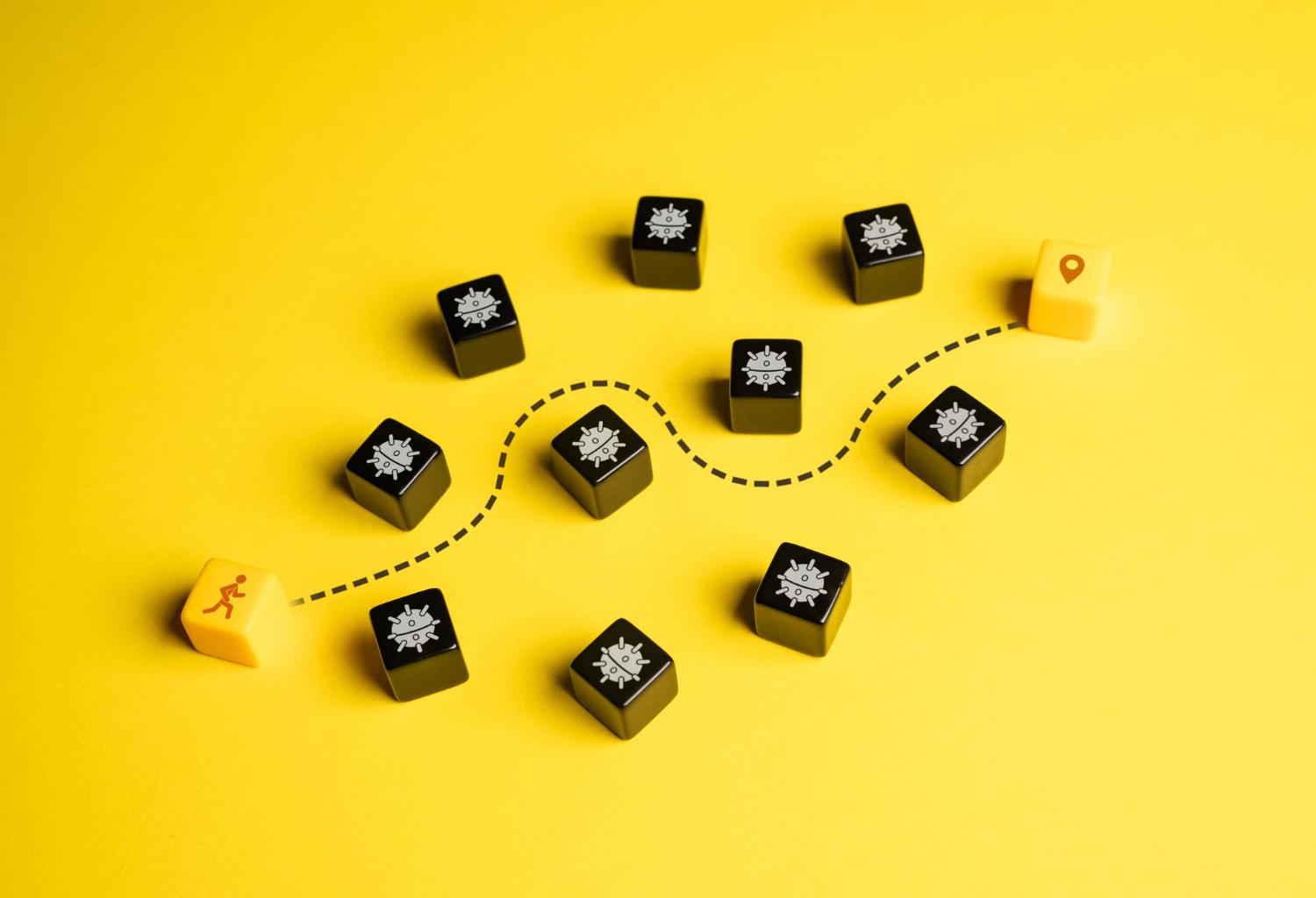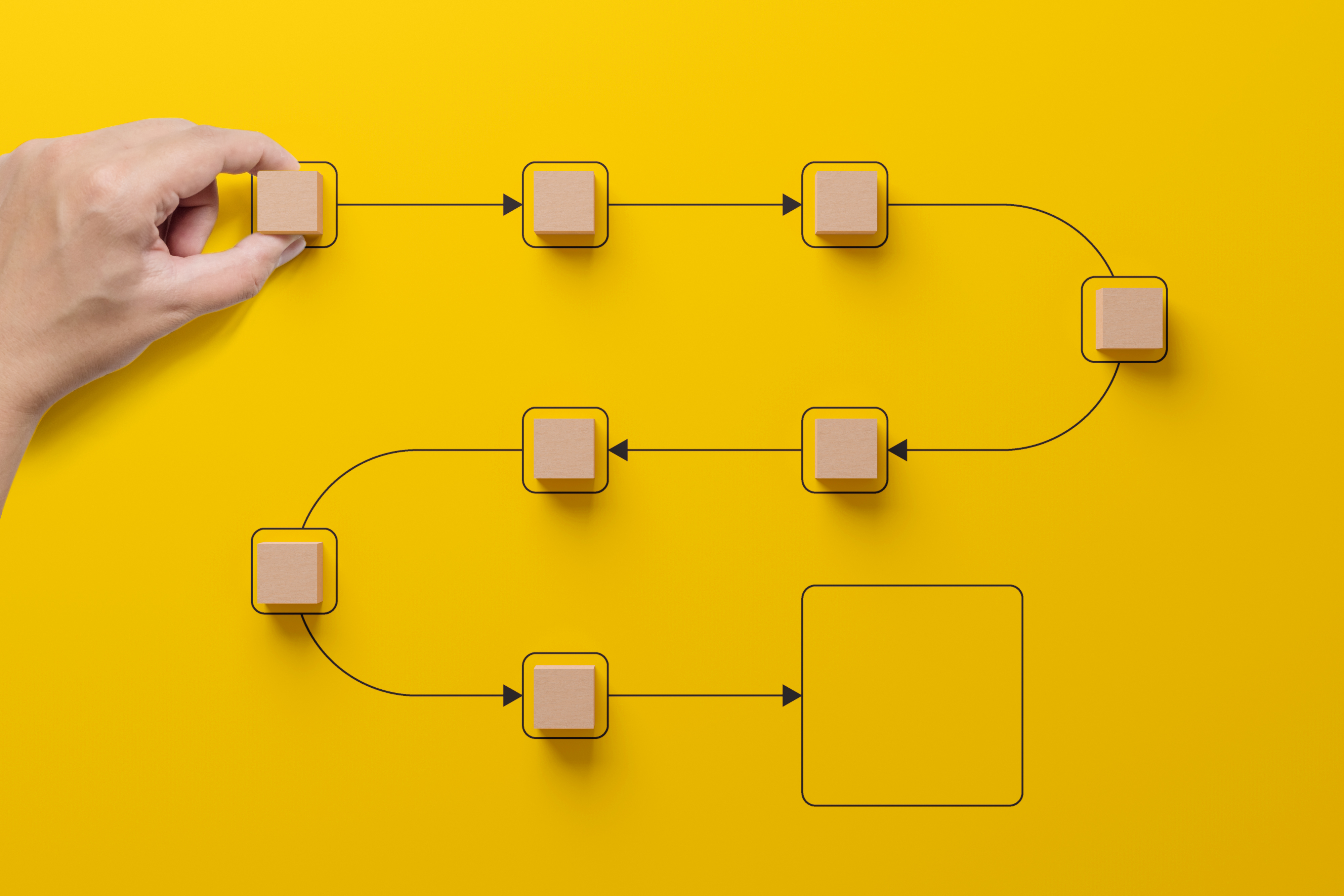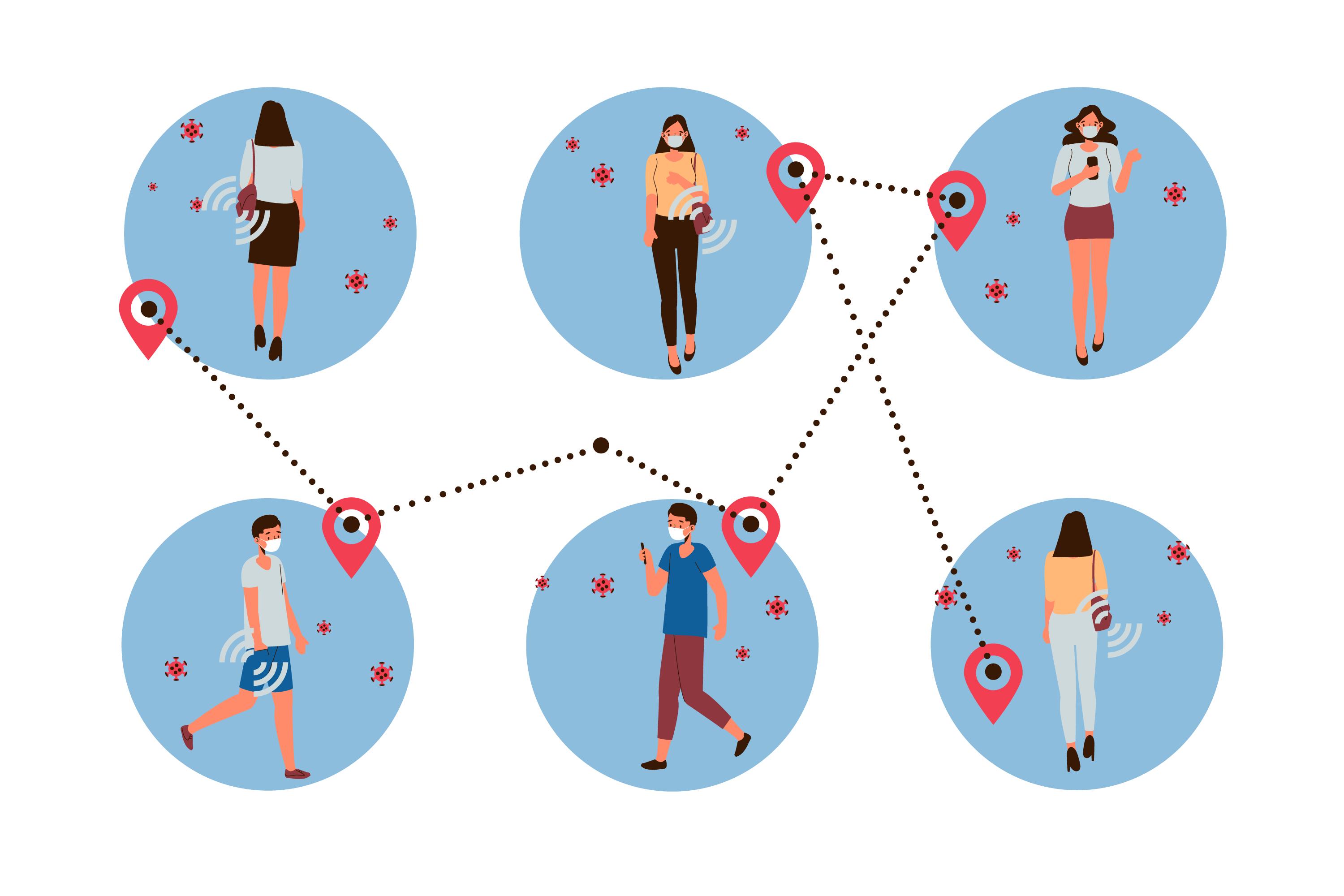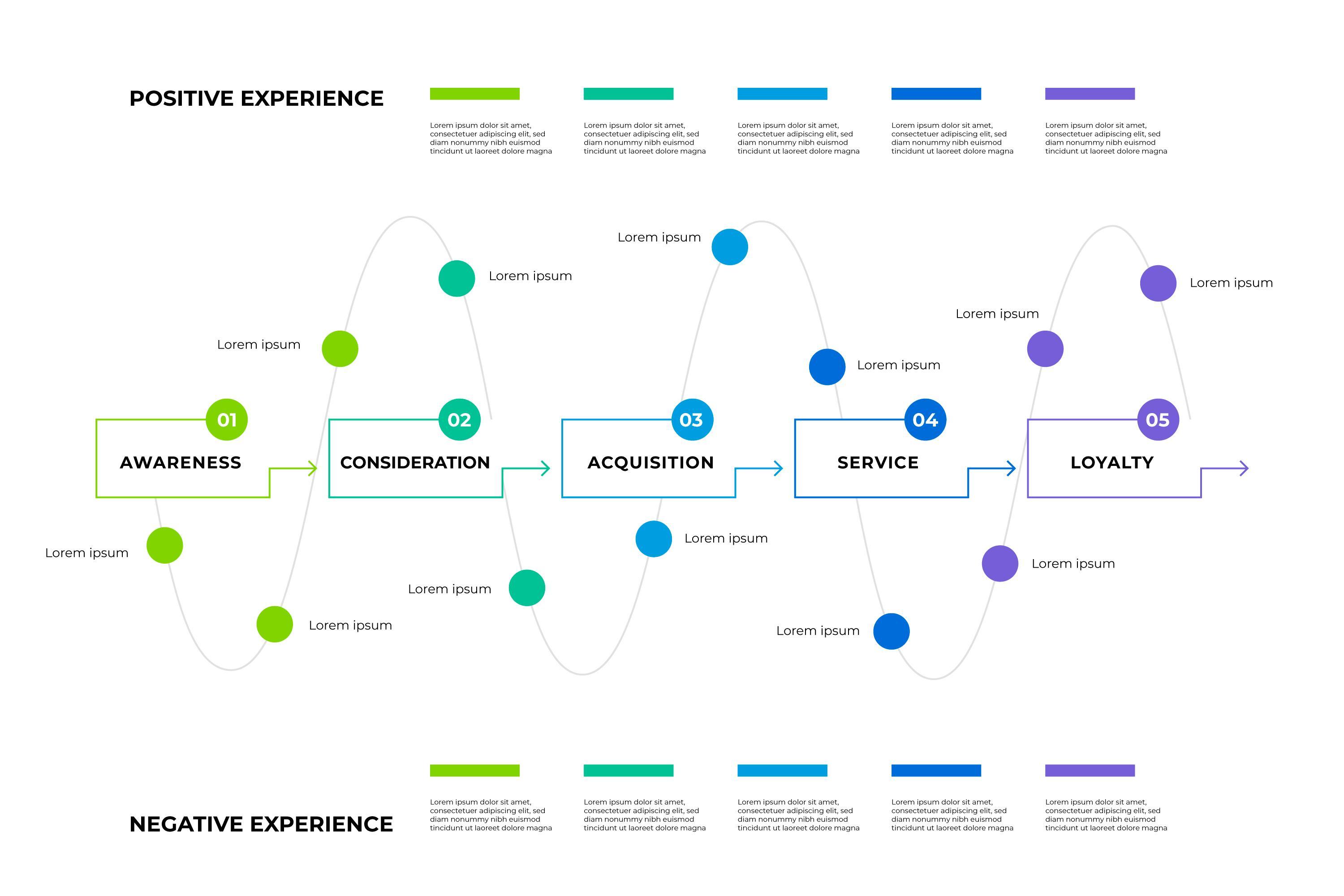The Early Days: The Linear Funnel Era
Let us go back to how it all started. When traditional marketers talked about the customer journey, they really meant the sales funnel. The idea was simple: attract attention, generate interest, drive desire, and close the deal. I remember my first campaign using this model. We tracked everything by conversion rates, how many people clicked, signed up, or purchased.
But something always felt incomplete. People did not move neatly from awareness to purchase. Some jumped straight to comparing brands before even understanding their problem. Others bought impulsively but disappeared right after. The linear model could not explain that unpredictability. It lacked emotion. It lacked humanity. That was when I realized the customer journey was not a path; it was a story.
If you are just starting to build your own map, it might help to explore Understanding the Importance of Customer Journey Maps first – it will help you see why this shift matters.
Stage Two: The Multichannel Expansion
Then came the digital explosion: websites, social media, mobile apps, email marketing, and later, influencer culture. Customers no longer relied on one or two sources of information. They researched brands across multiple channels, often simultaneously.
I remember one project where the customer discovered the product on Instagram, visited the website two days later, checked YouTube reviews, subscribed to the newsletter, and finally purchased from a retargeting ad. Five touchpoints, four devices, three different mindsets, one decision. That experience changed my view completely. I stopped mapping paths and started mapping moments. It became less about where they went next and more about what they felt right now.
This approach aligns with what I cover in Components of a Customer Journey Map , where every emotional touchpoint gets a role.
Stage Three: Emotion Takes Center Stage
The more I studied customer behavior, the more I realized something I now consider the foundation of modern marketing: data explains actions, but emotions explain decisions. A customer might say they choose a product for features, but deep down, it is how that product makes them feel that seals the deal.
For example:
- When someone buys an eco friendly product, it is not just about sustainability, it is about feeling responsible.
- When they join a brand community, it is not about access – it is about belonging.
- When they stay loyal, it is not about habit – it is about trust.
So I began building empathy into my journey maps. Instead of writing Customer sees ad – clicks link – visits page, I started writing: Customer feels inspired – curious – hesitant – reassured – confident. That emotional translation completely transformed how I created campaigns. It was not just about optimization, it was about connection.
If you want to learn how to map emotional shifts in your strategy, visit Steps to Creating a Customer Journey Map, where I detail emotional stage mapping techniques.
Stage Four: The Rise of Data Driven Mapping
As digital tools advanced, customer journey mapping evolved again – this time through data and analytics. Platforms like Google Analytics, Mixpanel, HubSpot, and Hotjar started providing real time visibility into how users interacted with brands. For the first time, I could actually see where people dropped off, where they hesitated, what content they revisited, and how long they stayed. It felt like someone had turned on the lights.
But there was a catch. The more I looked at numbers, the easier it became to forget the humans behind them. So I made a personal rule: let data guide decisions, but let empathy guide strategy. I would often sit with customer support teams, listen to complaints, read reviews, and even call users directly to understand why they acted the way they did. That blend of data and emotion helped me create what I now call living journey maps – ones that evolve as real feedback comes in.
You can see how this hybrid approach fits into the structure in Components of a Customer Journey Map.
Stage Five: The Personalization Revolution
Then came the personalization era – a game changer. When I first implemented personalized journeys using automation tools, customer engagement skyrocketed. People responded better when the content, tone, and timing felt tailored to them. It was not manipulation; it was respect – acknowledging that every customer story is unique.
I began segmenting journeys based on:
- Demographics – age, location, profession
- Behavioral patterns – purchase history, time on site
- Emotional cues – feedback tone, previous interactions
And I did not just personalize communication – I personalized timing. If a user abandoned a cart, I would wait 12 hours before sending a reminder, not five minutes. Personalization is not about shouting louder – it is about speaking at the right moment in the right voice.
Stage Six: Omnichannel Experience Becomes Essential
As marketing matured, so did customer expectations. People did not just want multiple channels – they wanted consistency across them. I remember testing this myself. I followed a brand from Instagram to their website to their customer chat. Everywhere, the tone changed – playful on social, formal on site, robotic in chat. It was jarring. It broke trust.
That was when I understood that omnichannel consistency is not optional anymore – it is the baseline for brand credibility. Now, when I build journey maps, I ensure one emotional voice flows across all platforms. Whether the customer is reading a blog, chatting with support, or opening an email, it should feel like one continuous conversation.
You can explore more about how omnichannel consistency drives long term value in Benefits of Customer Journey Mapping.

Stage Seven: Real Time, Predictive, and AI Powered Journeys
We are now in what I like to call the intelligent journey era – powered by AI and predictive analytics. Today, brands can anticipate what a user might want before they even express it. Streaming platforms recommend content based on mood patterns. E commerce apps show offers before you search. Chatbots resolve issues before you contact support.
The future is not about guiding the journey anymore – it is about co creating it in real time. But even in this AI driven age, one thing remains constant: the human heartbeat. Automation enhances experience, but empathy defines it. So I use AI to scale empathy – not replace it.
Stage Eight: The Modern Journey – A Continuous Loop
The biggest realization I have had over the years is this: the customer journey does not end. It loops – through advocacy, retention, reactivation, and renewal. A happy customer does not just buy again; they bring others in. That is how ecosystems form. So now, my maps are circular. They start with awareness and evolve into advocacy – where one person’s end becomes another person’s beginning.
That is the beauty of modern marketing – when you stop thinking in funnels and start thinking in circles, everything changes.
My Reflection
When I look back at how customer journey mapping has evolved, I see more than marketing progress , I see a mirror of human behavior. We have gone from transactions to relationships, from selling to serving, from funnels to flows.
Every stage of this evolution taught me one truth: the customer journey map is never finished because people are never static. That is what makes it so exciting to work in this space. Each day, new tools, emotions, and patterns appear, and with them, new opportunities to connect more deeply.
Up next, I will break down the core building blocks that make these journeys come alive in customer Journey Mapping: Understanding Every Step of Your Customer’s Experience. That is where we will move from philosophy to practice – step by step.
Interesting Read
10 Best Software for Dropshipping Success
https://woosellservices.com/best-software-for-google-ads-management/
https://woosellservices.com/woocommerce-referral-loyalty-programs-plugins/



